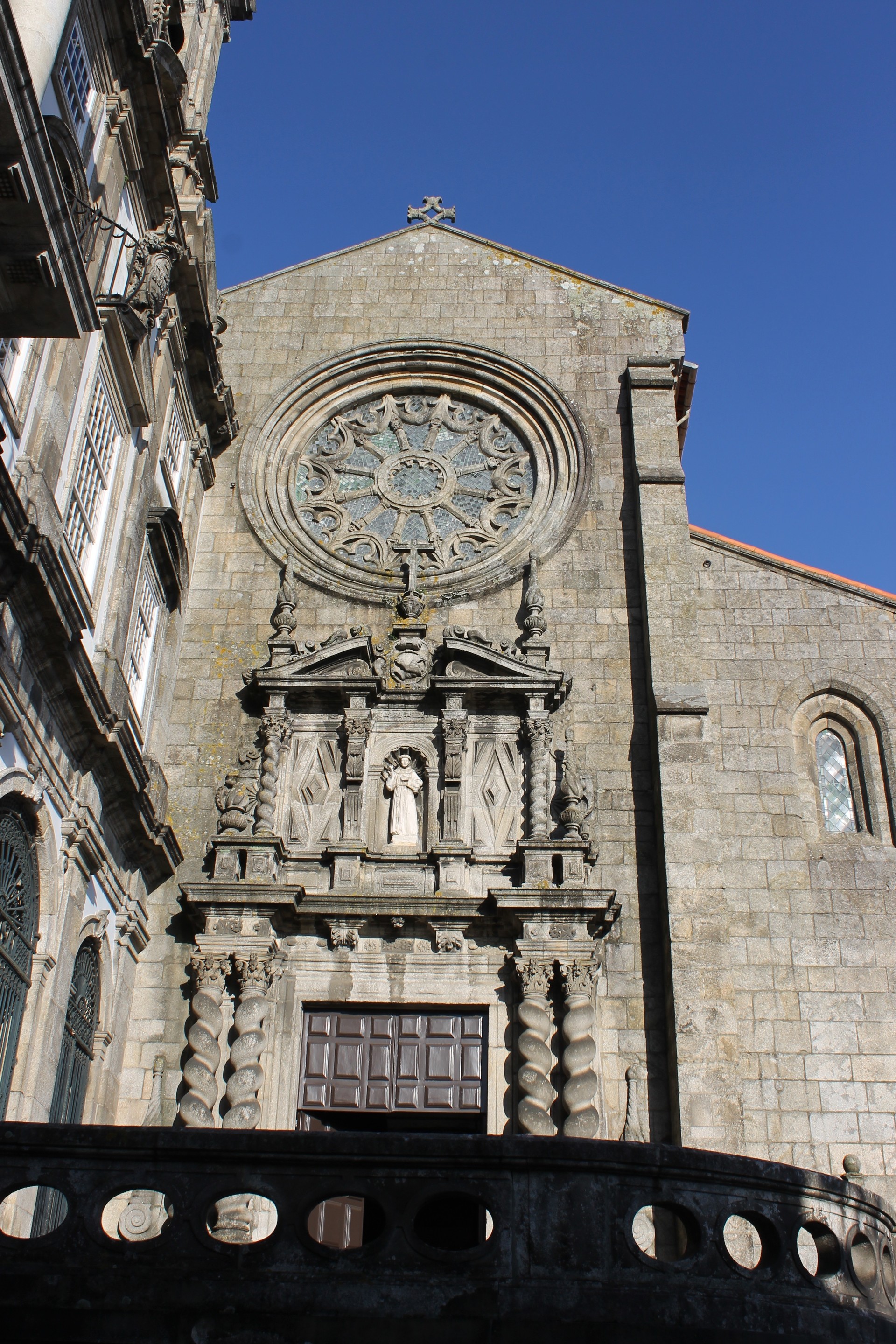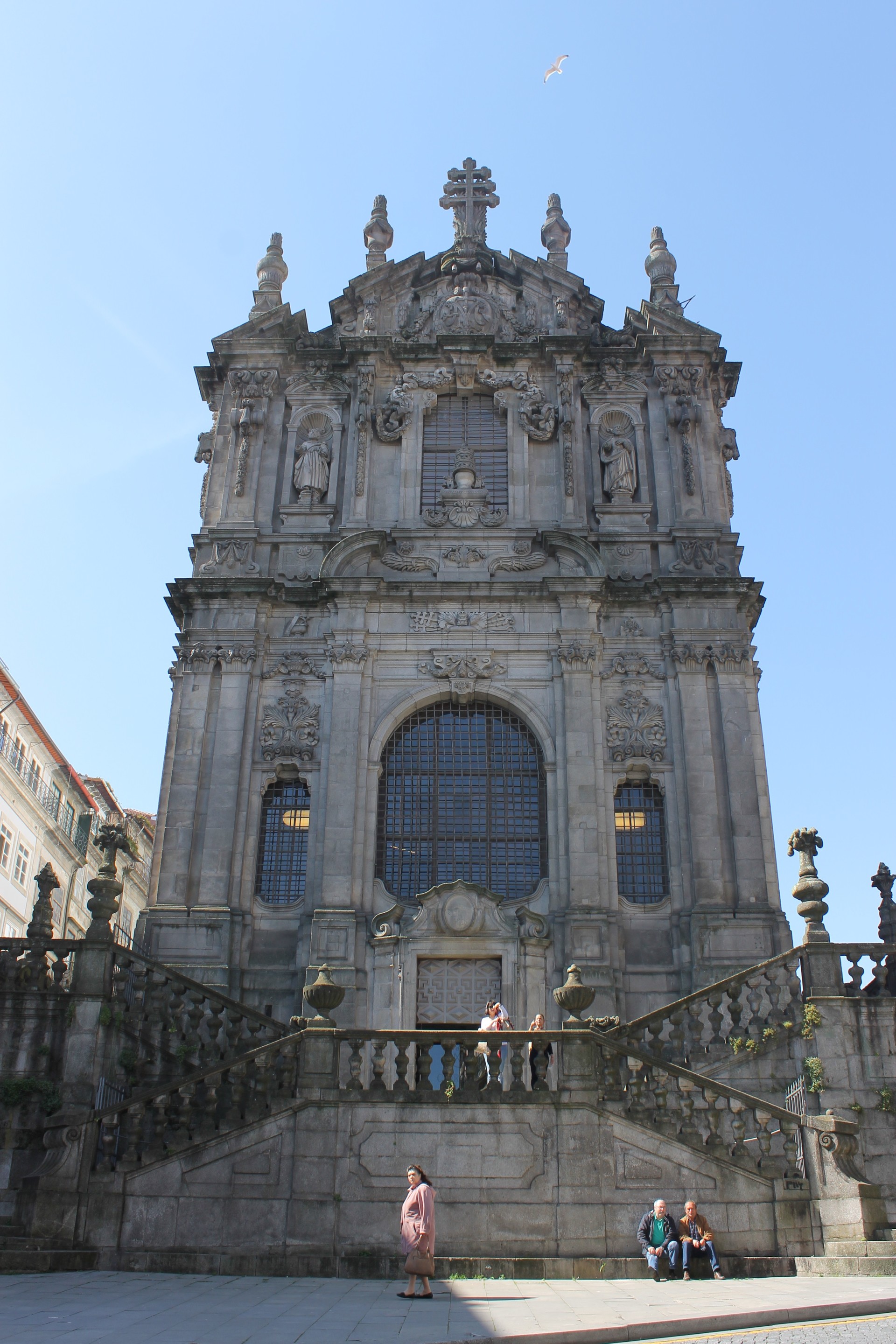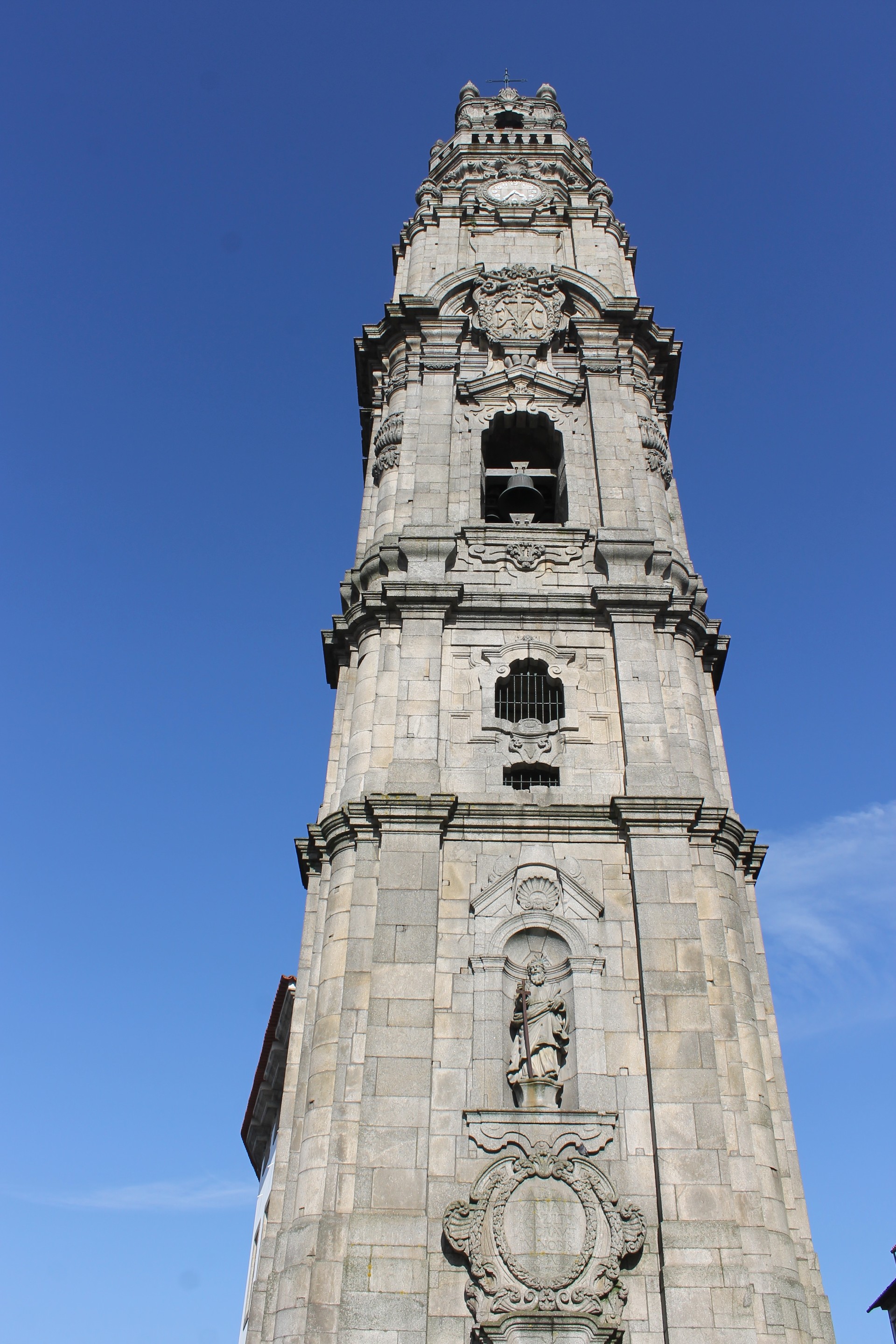Baroque Art
Baroque style is probably my favourite out of all. This is because I am someone who really pays attention to detail so when it comes to art and architecture the buildings that attract me the most are the complicated ones full of little details. It is said that the Baroque style is associated to drama and tension because of its exaggeration and over complication in the form of art, architecture, literature, theatre and dance.
This style began in Rome in the seventeenth century and steadily spread around Europe in countries such as Portugal, Spain, Czechslovacchia, France and Switzerland. Baroque was a style that was favourably seen upon by the Catholic Church. It was seen as a way to portray religious themes by creating an impact through emotional involvement. Many artists used the baroque style in their paintings and sculptures such as Correggio, Caravaggio and Michelangelo.
The Baroque style in paintings features intense lightings, emotions and contrasts. The architecture however, placed its importance on detailing and grandeur.
Portugal was the centre of baroque architecture during the seventeenth and the eighteenth centuries. This was when the country was under D. João V and D. Joseph I of Portugal. These two increased the importation of gold from Brazil in to the city during the period of Royal Absolutism; this period allowed the baroque architecture to flourish. The characteristic elements of Portuguese Baroque can be seen in the carved, gilded wood and complicated ornamentation of the churches. Three of these churches are found in Porto:
Igreja de São Francisco
The Church of São Francisco is a prime example of baroque décor. Declared a World Heritage Site in 1996 by Unesco, it is a church that has been through a few renovations in order to become the beauty it is today. When the Franciscan order was established in Porto, a small church was built in the name of Saint Francis of Assisi in the thirteenth century. However in the fifteenth century this small structure was enlarged and altered to fit in with the Gothic architecture. It was only around the seventeenth and eighteenth century when the interior of the church was renovated in the baroque style. This included gilded carved decorations and intricate designs. The interior is divided into a higher middle nave with a lateral aisle on either side. The entire church is practically decorated with gilt woodwork, and in my eyes the best part is the ceiling because it is completely covered with enriched gold ornamentation.

Igreja e Torre dos Clérigos
The church called Igreja e Torre dos Clérigos was designed in 1731 and completed in 1759 (with the tower being completed at a later date around 1763). The architect of these two monuments was an Italian architect called Nicolau Nasoni.
The Church has a large staircase leading up to the entrance, which already is characteristic of the Baroque style. The Façade of the church is decorated with baroque motifs, columns, ornaments and statues. The interior of the church is composed of a single nave in granite and marble containing baroque carvings. The altarpiece is an eye-catching late baroque masterpiece.
The Tower is an impressive piece of Baroque architecture 76 metres high. In fact it is seen as Oporto’s landmark and was used in the past as a reference point for those who were navigating around the Douro River. The whole tower is made in granite and contains delicate baroque ornamentation all the way up.


Igreja de Santa Clara
Located on Largo 1º de Dezembro, the interior of this church is a third example of Baroque architecture in Porto. The intricate woodcarving coupled with rich gold ornaments make of this church a masterpiece. The church was initially completed in 1457 but the Baroque décor was added in the seventeenth century completely transforming this church into a spectacular monument.
Photo gallery
Content available in other languages
- Italiano: Arte barocca
- Polski: Sztuka barokowa
- Español: Arte barroco
Want to have your own Erasmus blog?
If you are experiencing living abroad, you're an avid traveller or want to promote the city where you live... create your own blog and share your adventures!
I want to create my Erasmus blog! →



















Comments (0 comments)